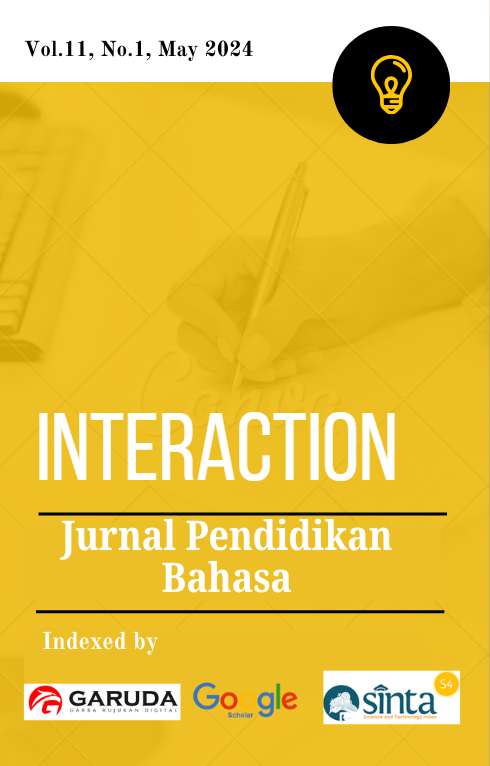A Gender Analysis of EFL Students’ Motivational Orientation in An Inclusive Learning Environment
Keywords:
Gender, Motivation, Inclusive Learning EnvironmentAbstract
Motivation is the inner drive a person has to move toward a goal. It is widely accepted that it plays a role in explaining why people start, continue, or stop doing particular behaviors at particular periods. Integrative motivation and instrumental motivation are the two categories of motivation. A good attitude that language learners have toward speakers of the target language and their culture is known as integrative motivation. The desire of a motivated student to master the target language in order to acquire the abilities required to accomplish realistic life goals, such obtaining a decent degree or a job that would ensure their future, is known as instrumental motivation. This research explains the differences in EFL learning motivation between female and male students at SLB-A YAPTI Makassar. There were six students in this study, 3 female students and 3 male students in class IX SLB-YAPTI Makassar. This study uses a qualitative method. Researchers modify various instruments before adopting them. Researchers conducted observations and interviews to collect data. There were 30 questions that researchers gave students. Based on the researchers' findings, female and male students have different learning motivations, there are two out of three female students who have integrative motivation and two out of three male students have instrumental motivation in learning English at SLB-YAPTI Makassar class IX. It is hoped that this research can increase our knowledge regarding the differences in learning motivation of male and male students.








